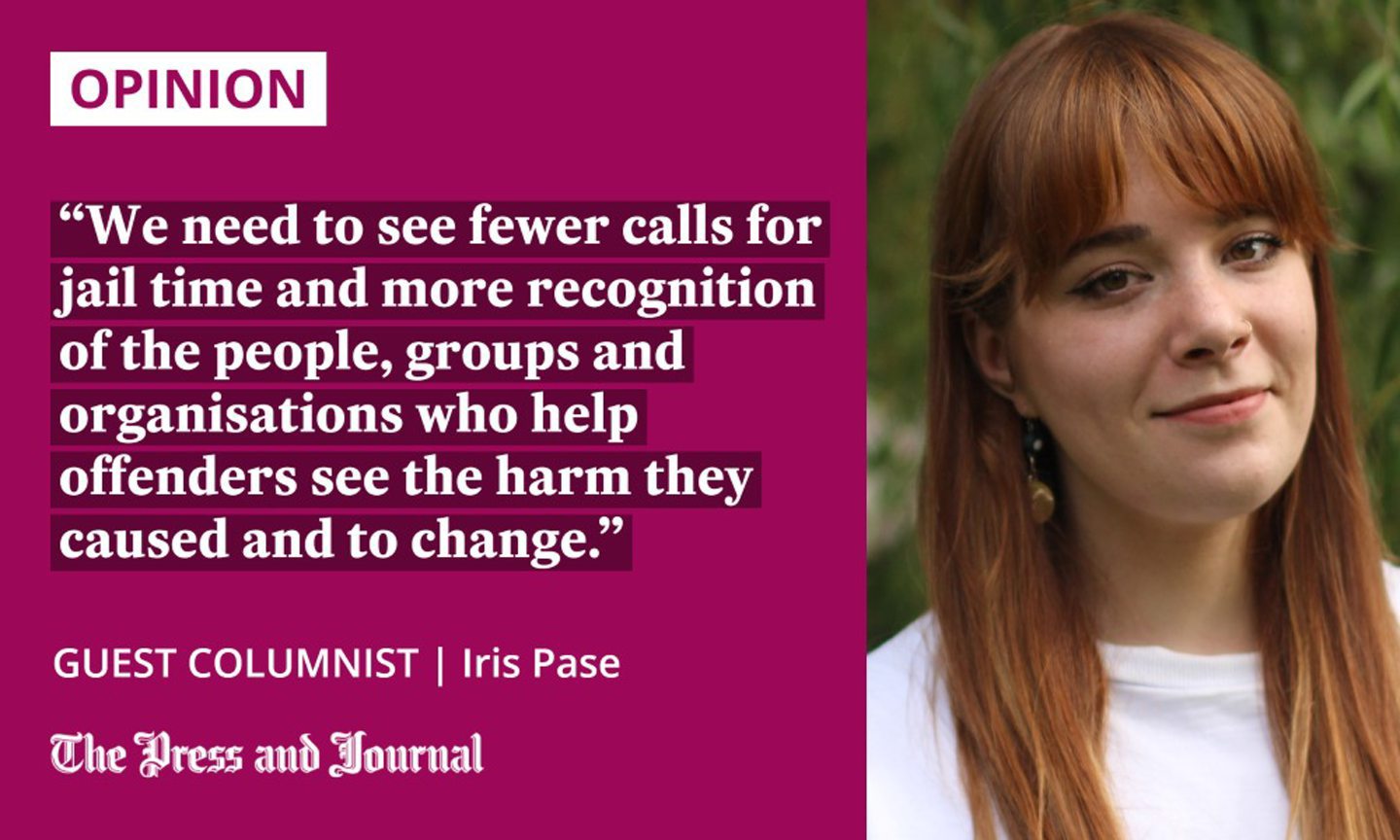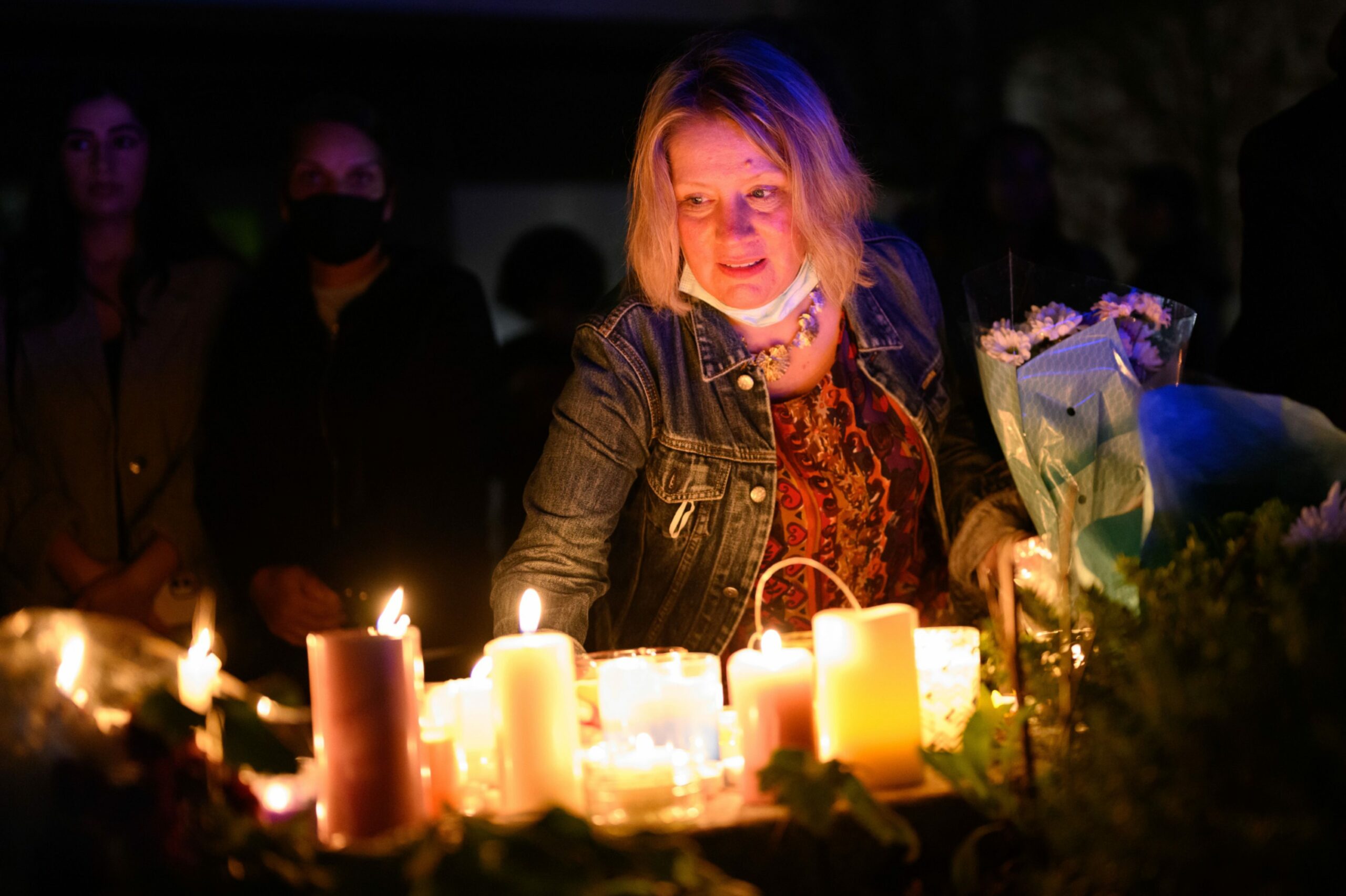Walking home with your keys in a fist, sending your location to friends “just in case”, only wearing one earphone so you’re not caught “off guard” – for women worldwide, these “tricks” are part of the informal safety training we receive from a young age.
And, yet, despite our continuous vigilance, gender-based violence is a constant threat. According to the UN, almost one in three women and girls experiences physical and/or sexual violence at least once in their lives.
Consequently, conversations about gender-based violence quickly become heated, especially when stories such as Sean Hogg raping a 13-year-old or the murder of Sabina Nessa touch our communities.
Worse still, we must live with the knowledge that so-called justice is rarely served. In 2020-21, Police Scotland received 2,176 reports of rape and attempted rape, but only 152 led to prosecution, with 78 resulting in a conviction. Support for victim-survivors is often lacking, while support for sex offenders is controversial.

When confronted with violence, it is easy to feel scared and angry and wish to isolate its perpetrators from society. In these moments, our “inner police officer” demands that authorities throw abusers, rapists or murderers in prison and lose the key. As P&J columnist Euan McColm wrote recently: “Anyone convicted of rape should expect to lose their liberty.”
But, as the national reoffending rate fluctuates between 23.1% and 31.8%, it’s clear the current approach is not working. Not only are perpetrators rarely prosecuted, but even those who are do not get the opportunity to change their behaviour.
The alternative plot
In the past couple of weeks I’ve been reading La trama alternativa (The alternative plot), a book about transformative justice, written by Italian feminist author Giusi Palomba.
Upon discovering that her then best friend had sexually assaulted a woman, the writer shares the story of how her local community chose not to involve the police. Instead, they initiated a protocol that gave the victim-survivor full agency, offering her friend a chance to be held accountable and grow, and enabling the community to question its power dynamics.
The protocol kicked off a series of expected and unexpected ramifications, from the victim-survivor being able to dictate the terms of the process, to the backlash from some feminist groups who felt the author’s friend had not been “punished” enough. The most interesting development, Palomba notes, could be observed in their wider friend group and community.
Facing a person who inflicted harm on another but was also their friend and a well-respected activist meant the group was confronted with the humanity not only of the victim-survivor, but of the perpetrator, too. Violence was not a phenomenon infiltrating their community from the outside, but rather an existing dynamic to which they had been blind, at least partially.
This realisation led the group to question how systems of oppression seeped through their relationships, and their impact, while also feeling empowered to enact positive change.
After the incident, some men built peer-led support groups to reflect on the effects of hegemonic masculinity. Others, including the author, dedicated their time to studying the facilitation and resolution of conflicts, thus getting closer to the world of transformative justice.
Palomba’s story raises the question of what we would do when perpetrators are not anonymous people but friends or family members. In a country where 98% of adults prosecuted for sexual offences are male, and five in six rapes of women are committed by someone they know, we are all likely to know someone who has been on either or both sides of the situation.
We need a societal response
How to prevent sexual violence and heal our communities is anything but an easy question. It’s a conundrum that touches our most radical feelings, but needs a societal response to be solved.
We need to see fewer calls for jail time and more recognition of the people, groups and organisations who help offenders see the harm they caused and to change. These projects are making our communities safer through prevention, shifting the onus of safety from victim-survivors onto communities; projects such as the Coalition Against Punishment and the Cradle community, which are both starting important conversations in the UK, or Aid & Abet, which supports people involved in the criminal justice system, thus aiming to break the cycle of reoffending.
There is no simple solution. Violence is the end result of a long chain of events
So, in the words of bell hooks: “How do we hold people accountable for wrongdoing and yet at the same time remain in touch with their humanity enough to believe in their capacity to be transformed?”
The truth is, there is no simple solution. Violence is the end result of a long chain of events. Perhaps it’s time we stop looking at the end of the process and – as the title of Palomba’s book suggests – start dreaming of “an alternative plot” altogether. It’s time we write a whole different story.
Iris Pase is a freelance journalist and translator, focusing primarily on human rights and women’s health


Conversation